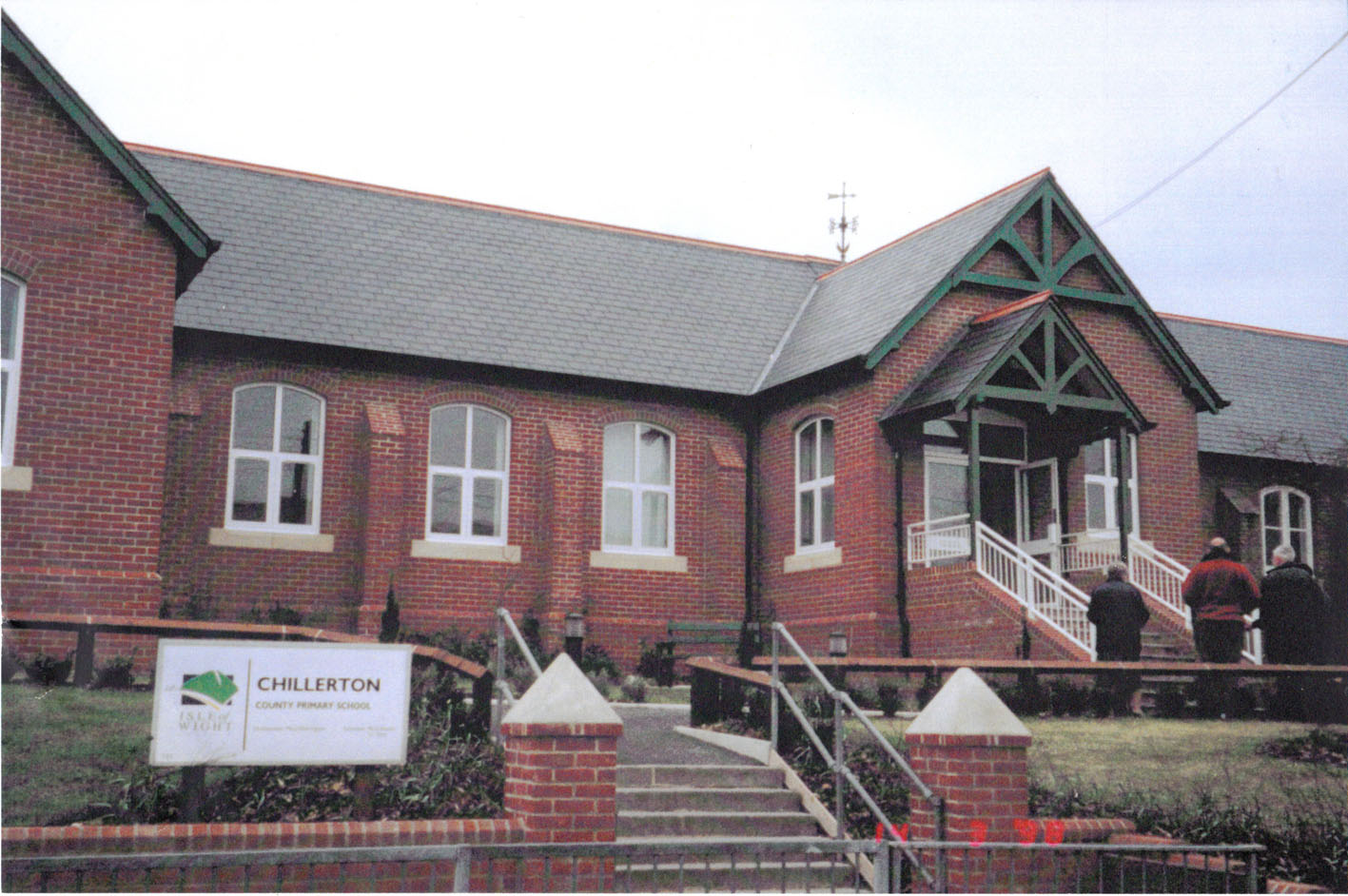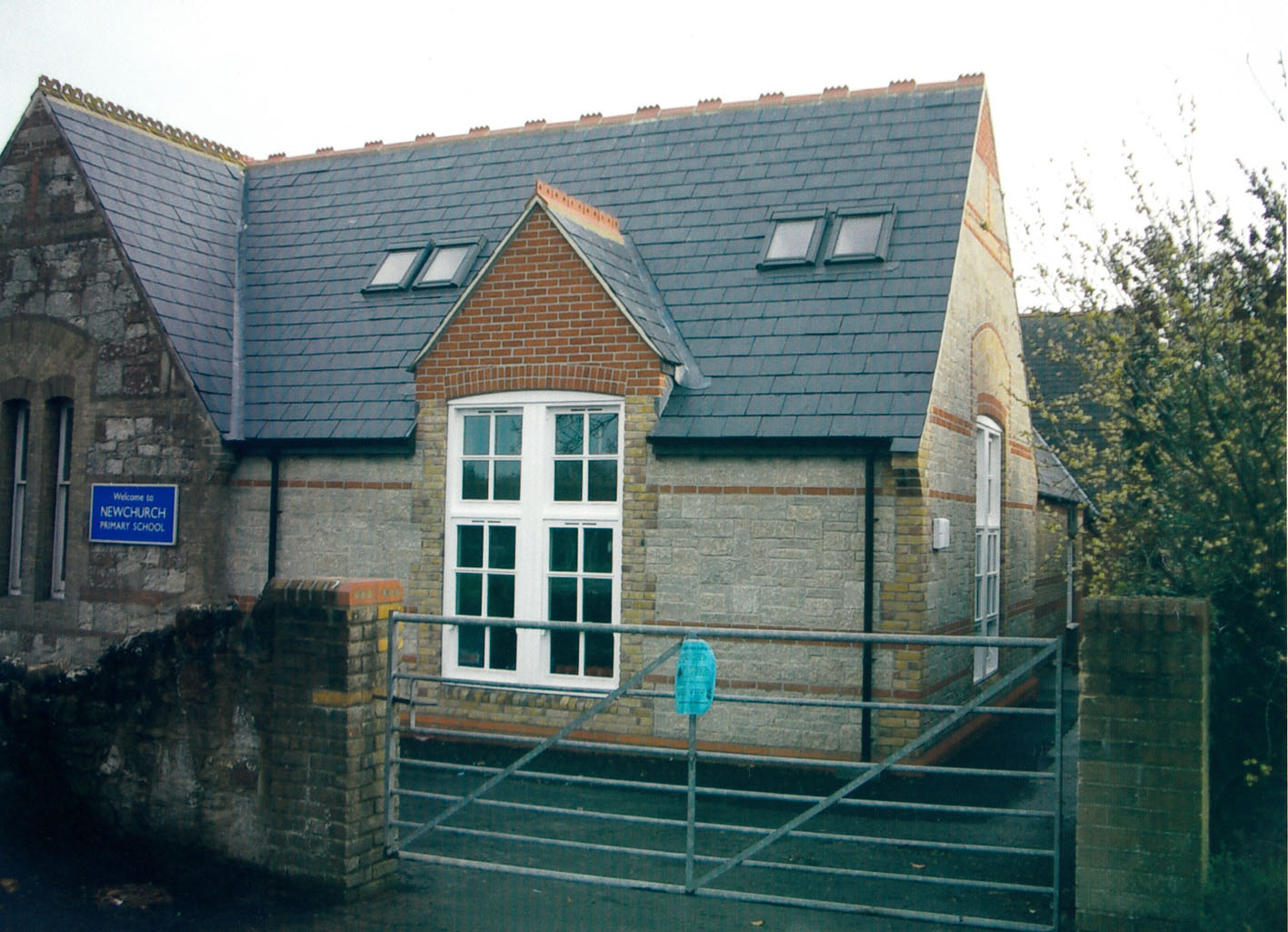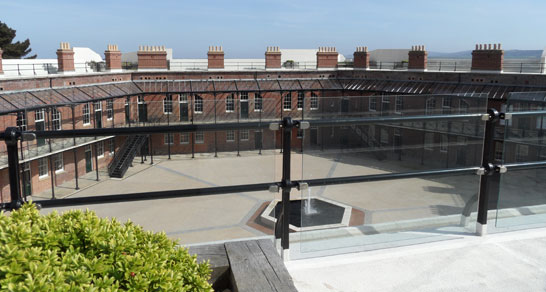November 2016
Council Schools
The school has always been a strong visual part of the community. Think of a typical village and you think of the church, the pub and the school, grouped fairly near each other.
From 1811, schools were built under the National School system, funded by donations from the wealthy. Their aim was to provide a school in every C of E parish.
Once a National School was built, local well to do people would contribute to the running costs, such as the payment of a schoolmaster or mistress. In 1869 the headmaster of East Cowes National School received £45 a year. Each child had to pay two pence a week for their education in the basic subjects.
From 1850, the Government inspected every school. Each child had to answer three questions. A government grant was received for every child who answered correctly, which fostered learning by rote!
The Education Act of 1870 made schooling compulsory, and attendance became the governing factor in how much grant was received. Pupils reaching a certain standard could leave at the age of ten. The Local Board of Health had to provide the “Board School” if there was no other school. National Schools received lower grants. Those that survived became “Voluntary Aided.”
So what is our image of a Victorian or Edwardian school?
Firstly, there were high windows that admitted light, but prevented the children from being distracted since they could not see out – apart from some sky.
Secondly, the solidity of the building, built of local materials, either brick or stone, under a slate roof with air vents.
Thirdly, the separate entrances and railed playgrounds. Often the names “Boys” and “Girls” were incised in the lintels above the door or gate. Next time you have to wait for the traffic lights coming up St Johns Road in Ryde look at the old school building on your right to see the separate entrances for boys and girls.
Inside the rooms were often tall. Heating came from radiators, if you were lucky, or a coke stove. Those with a bus pass will remember rows of metal framed double desks, with tip up seats, 48 or more pupils to a class.
Gradually improvements took place in our schools. On the Island, the County Council constructed fifteen new “Middle Schools” by 1972. This allowed the primary schools to spread out in the older schools.
Many of these old schools were extended to provide more modern facilities. Often in the villages, the old school was sensitively extended to plans drawn by the County Architects department. The old character of the school was retained, such as at Chillerton and Newchurch. Both of these buildings received Conservation Awards from the Isle of Wight Society for their excellent extensions.
Sadly, County Hall has no Architects now. County no longer runs all the schools.
We hope that the new custodians of old school buildings will take care of them and maintain their external character as part of our Heritage.
Chillerton and Newchurch Primary Schools


[Go Back]

